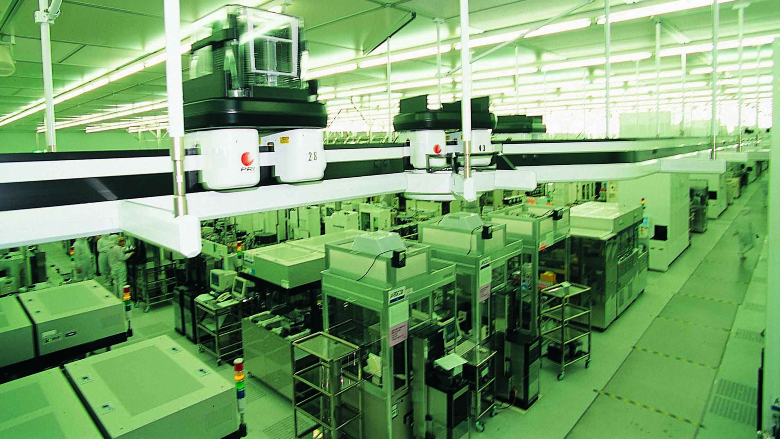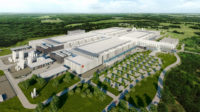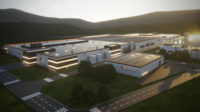Taiwan Semiconductor Manufacturing Co. says it has started construction on a second semiconductor chip plant in Phoenix. Combined with another under-construction plant nearby, the company says it will have invested $40 billion in the projects.
More than 10,000 construction workers would be involved in building the plants, known as “fabs,” TSMC says. Work on the first plant is being led by a joint venture of Dallas-based Austin Commercial and Houston-based CTCI Americas Inc. Neither the contractors nor TSMC immediately responded to inquiries about the team for the second fab.
The first fab is expected to begin production in 2024 and feature 4-nanometer process technology, even more advanced than the 5-nm process that was originally planned. The second fab would feature 3-nm process technology and is slated to come online in 2026. Once completed, the fabs would produce more than 600,000 wafers per year, TSMC says.
TSMC is also in planning stages to build an on-site industrial water reclamation plant, the company announced Dec. 6. The plant would allow the plants to achieve “near zero liquid discharge.”
President Biden traveled to Phoenix Dec. 6 to speak about the TSMC projects and other manufacturing projects that have benefited from U.S. government spending packages like the Chips and Science Act, which allocated $39 billion to boost semiconductor chip manufacturing construction in addition to other incentives. Biden touted the projects as an example of manufacturing returning to the U.S. and strengthening the supply chain. Other tech manufacturers are also in the midst of U.S. fab projects, including Micron with a plant outside Syracuse, N.Y. and Intel in central Ohio.
Biden was joined at the event by executives from some of TSMC’s supplier and customer companies, including Apple CEO Tim Cook.
“These are the most advanced semiconductor chips on the planet—chips that will power iPhones and MacBooks, as Tim Cook can attest,” Biden said. “Apple had to buy all the advanced chips overseas. Now they’re going to bring more of their supply chain here at home.”






Post a comment to this article
Report Abusive Comment